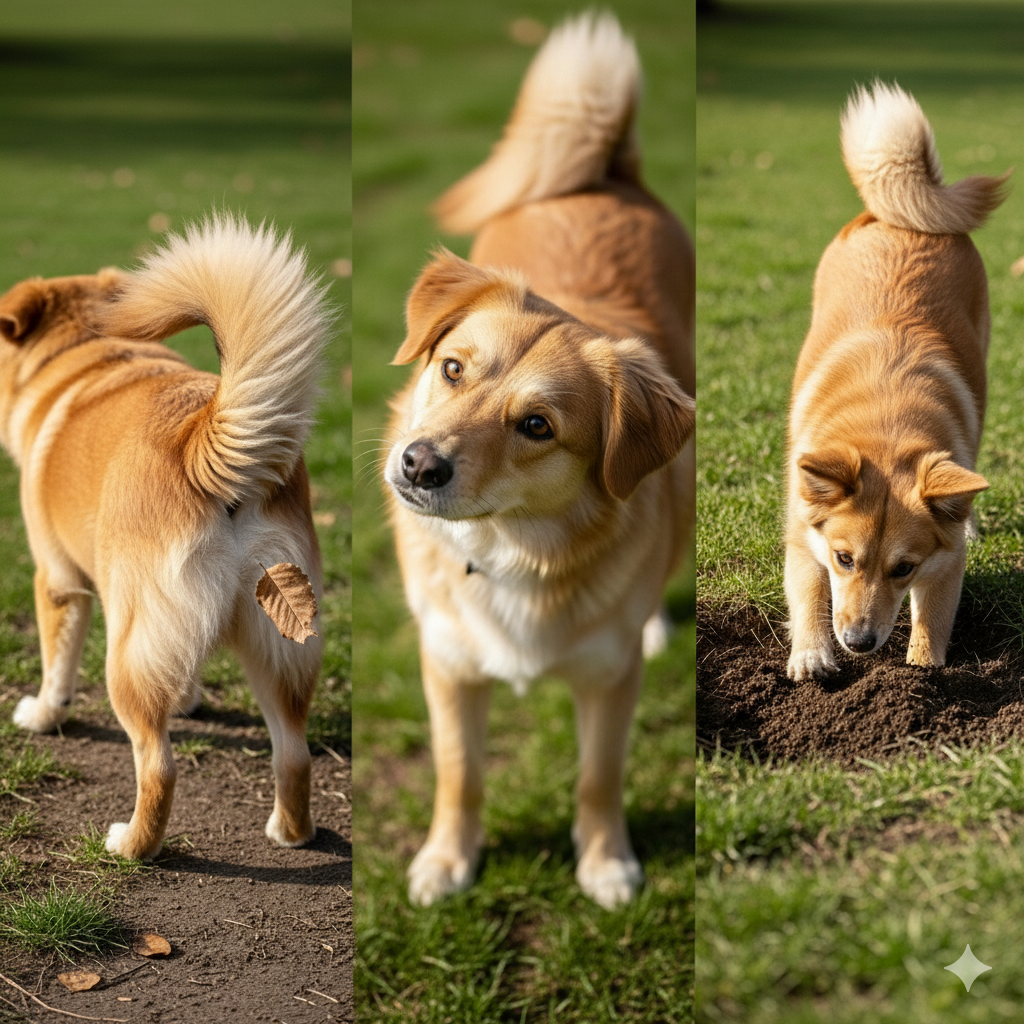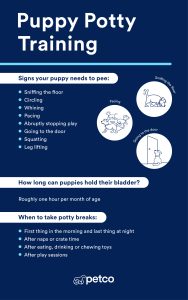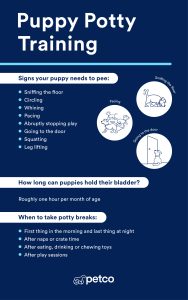Have you ever wondered why your dog tilts its head, wags its tail, or suddenly starts digging like crazy? Understanding your dog’s behaviors can feel like unlocking a secret code.
When you truly know what your furry friend is trying to tell you, your bond grows stronger and your life together becomes much happier. This article breaks down common dog behaviors in simple terms, helping you read your pet’s signals with ease.
Keep reading, and you’ll discover the surprising reasons behind your dog’s actions—and how you can respond to make their world, and yours, better.
Common Dog Behaviors
Dogs use many actions and sounds to show how they feel. Watching their behavior helps us understand them better.
This guide explains some common dog behaviors. It covers body language, sounds, play, and stress signs.
Body Language Signals
Dogs use their body to send messages. Their tail, ears, and eyes tell what they feel.
For example, a wagging tail often means happiness. But a stiff tail can mean alert or nervous.
- Relaxed body means calm and happy
- Raised hackles show fear or anger
- Yawning can signal tiredness or stress
- Direct eye contact might be a challenge
Vocalizations And Their Meanings
Dogs use barks, growls, and whines to communicate. Each sound has a different meaning.
A high-pitched bark often means excitement. A low growl may warn to stay away.
- Barking: alert, play, or attention seeking
- Growling: warning or discomfort
- Whining: need or stress
- Howling: communication or loneliness
Playful Actions
Dogs show they want to play with special moves. These actions invite fun and bonding.
The play bow is a common sign. Dogs lower their front and keep their rear up to start play.
- Play bow: invitation to play
- Chasing: fun and exercise
- Mouth play: gentle biting or mouthing
- Tail wagging fast: excitement
Signs Of Stress
Dogs show stress with certain behaviors. Recognizing these helps keep them calm and safe.
Common stress signs include pacing, licking lips, or avoiding eye contact.
- Panting without heat or exercise
- Tucked tail or lowered body
- Whining or trembling
- Avoiding people or objects

Credit: pupford.com
Reasons Behind Behaviors
Understanding dog behaviors helps us connect better with our pets. Dogs show various actions due to different reasons.
These reasons often include instincts, environment, social interactions, and health factors. Let’s explore these aspects.
Instincts And Ancestry
Dogs inherit instincts from their wild ancestors. These natural behaviors guide them in everyday life.
- Herding: Some breeds have a strong urge to herd other animals.
- Digging: This comes from their instinct to find shelter or food.
- Chasing: A natural prey drive to chase moving objects.
Environmental Influences
The environment plays a big role in shaping a dog’s behavior. Changes at home can affect how they act.
| Factor | Impact |
| Noise | Can cause anxiety |
| Space | Affects activity levels |
| Climate | Alters energy needs |
Social Interactions
Social interactions are crucial for dogs. They learn many behaviors from both humans and other dogs.
Positive socialization leads to happier pets. Introduce your dog to new experiences carefully.
Health And Age Factors
A dog’s health and age significantly influence their behavior. Older dogs might show changes due to health issues.
- Puppies: High energy and curiosity
- Adults: More settled and trained
- Seniors: May have mobility issues
Building Strong Bonds
Dogs show their feelings through actions and sounds. Understanding these helps build trust.
Strong bonds make dogs feel safe and happy with their owners.
Effective Communication
Dogs use body language like tail wagging and ear position to talk. Watch these signs carefully.
Speak clearly using simple words and calm tones. Your dog will learn what you mean.
- Use eye contact to connect
- Notice your dog’s signals
- Keep your voice soft and steady
Positive Reinforcement
Reward good behavior with treats or praise. This helps dogs learn what you want.
Ignore bad behavior instead of punishing. Dogs respond better to kindness.
- Give treats for obeying commands
- Use happy words and petting
- Stay patient and consistent
Routine And Consistency
Dogs feel safe with regular schedules for walks, feeding, and playtime.
Repeat commands and rules every day. This helps dogs understand what is expected.
- Feed at the same times daily
- Take walks on a set schedule
- Use the same words for commands
Respecting Boundaries
Give dogs space when they need it. Respect their quiet or rest times.
Learn your dog’s limits. Avoid forcing them into uncomfortable situations.
- Watch for signs of stress
- Allow alone time when needed
- Do not force hugs or play
Addressing Problem Behaviors
Dogs can show behaviors that are hard to handle. Understanding these helps improve your relationship.
Many problem behaviors come from fear, boredom, or lack of training. Fixing them takes patience.
Common Challenges
Some behaviors cause trouble daily. Barking, chewing, and digging are common issues.
Jumping on people and pulling on the leash can also be hard to manage.
- Excessive barking
- Destructive chewing
- Leash pulling
- Jumping on people
- Digging in the yard
Training Techniques
Use simple commands like “sit” and “stay” to teach good behavior. Reward your dog with treats or praise.
Be consistent with training times and rules. Avoid punishment; focus on positive actions.
- Use treats to encourage good behavior
- Keep training sessions short and regular
- Use clear, calm commands
- Ignore bad behavior when safe
- Reward immediately after good actions
When To Seek Professional Help
Some behaviors need expert help. If your dog shows aggression or fear, call a trainer.
If problem behaviors get worse or do not improve, a professional can find the cause and help.
- Aggression towards people or animals
- Severe anxiety or fear
- Excessive biting or growling
- Destruction despite training efforts
- Behavior that risks safety
Preventing Future Issues
Start training early to avoid bad habits. Give your dog enough exercise and attention.
Socialize your dog with people and other animals. Keep a routine to help your dog feel safe.
- Train puppies from a young age
- Provide daily walks and playtime
- Expose dogs to new situations carefully
- Keep feeding and training on a schedule
- Give plenty of love and attention
Creating A Happy Environment
Dogs need a happy home to feel safe and loved. Their behavior improves when they have what they need. This guide explains key ways to create a great place for your dog.
Each dog is unique, but some basics help all dogs live well. These include exercise, mental challenges, good food, and cozy spaces.
Proper Exercise And Play
Exercise keeps dogs healthy and happy. Play helps them release energy and feel close to their owners. Dogs that get enough exercise are less likely to act out.
- Take daily walks suited to your dog’s breed and age
- Play fetch or tug-of-war to keep them active
- Use safe toys that match their size and chewing strength
- Let your dog explore new places to keep walks interesting
Mental Stimulation
Mental work tires dogs in a good way. It helps stop boredom and bad habits like chewing on furniture. You can train or give puzzles for their minds.
- Teach new commands or tricks regularly
- Use puzzle feeders to make mealtime fun
- Hide treats for your dog to find
- Rotate toys to keep your dog interested
Nutrition And Health Care
Good food and health care help dogs feel their best. Feeding the right amount of quality food keeps their energy steady. Regular vet visits prevent illness.
| Health Care | Importance | Frequency |
| Vaccinations | Protect from diseases | Yearly or as advised |
| Dental Care | Prevent tooth decay | Daily brushing |
| Flea and Tick Control | Keep pests away | Monthly treatments |
| Balanced Diet | Maintain weight and energy | Daily feeding |
Safe And Comfortable Spaces
Dogs need a space where they can rest and feel safe. A cozy bed or quiet corner helps reduce stress. Keep their area clean and free from hazards.
- Choose a quiet spot away from loud noises
- Use soft bedding that is easy to wash
- Keep fresh water nearby
- Remove small objects dogs can swallow

Credit: www.youtube.com

Credit: www.dwdogtraining.com
Frequently Asked Questions
Why Do Dogs Wag Their Tails Differently?
Dogs wag tails to communicate feelings. A slow wag shows caution, while a fast wag indicates excitement or happiness. Tail position also matters: high tail means confidence, low tail shows submission or fear. Understanding tail wagging helps interpret dog emotions better.
What Does A Dog’s Barking Really Mean?
Dogs bark to express emotions like alertness, fear, or excitement. Different barks signal different needs: a short bark can mean attention seeking, while continuous barking may indicate stress or danger. Recognizing bark patterns improves communication with your dog.
How Can I Tell If My Dog Is Stressed?
Signs of stress include yawning, panting, licking lips, and avoiding eye contact. Dogs may also shake or hide. Identifying these behaviors early helps address stress causes, keeping your dog calm and healthy.
Why Do Dogs Lick People’s Faces?
Dogs lick faces to show affection and submission. It’s a natural social behavior rooted in puppyhood. Licking can also be a way to gather information through taste and smell, strengthening the bond between dogs and humans.
Conclusion
Understanding dogs’ behaviors helps build a stronger bond. Dogs communicate through actions, not words. Watching their body language reveals what they feel. This knowledge leads to better care and trust. Every dog is unique and shows feelings differently. Paying attention makes living with dogs easier.
Respect their signals to keep them happy and safe. Knowing why dogs behave a certain way helps avoid problems. Enjoy your time with your furry friend more fully. Simple actions can make a big difference in your relationship. Keep learning, and your dog will thank you.

Emily Barker is the founder of ChillDogLife.com, a space dedicated to helping pup parents discover the best dog products, lifestyle tips, and cozy ideas for happier homes.
A lifelong dog lover, Emily combines her passion for pets with a knack for research to share trusted recommendations on everything from toys and furniture to health and everyday care.
Her goal is simple: to make life easier, stylish, and more joyful for dogs and the people who love them.







